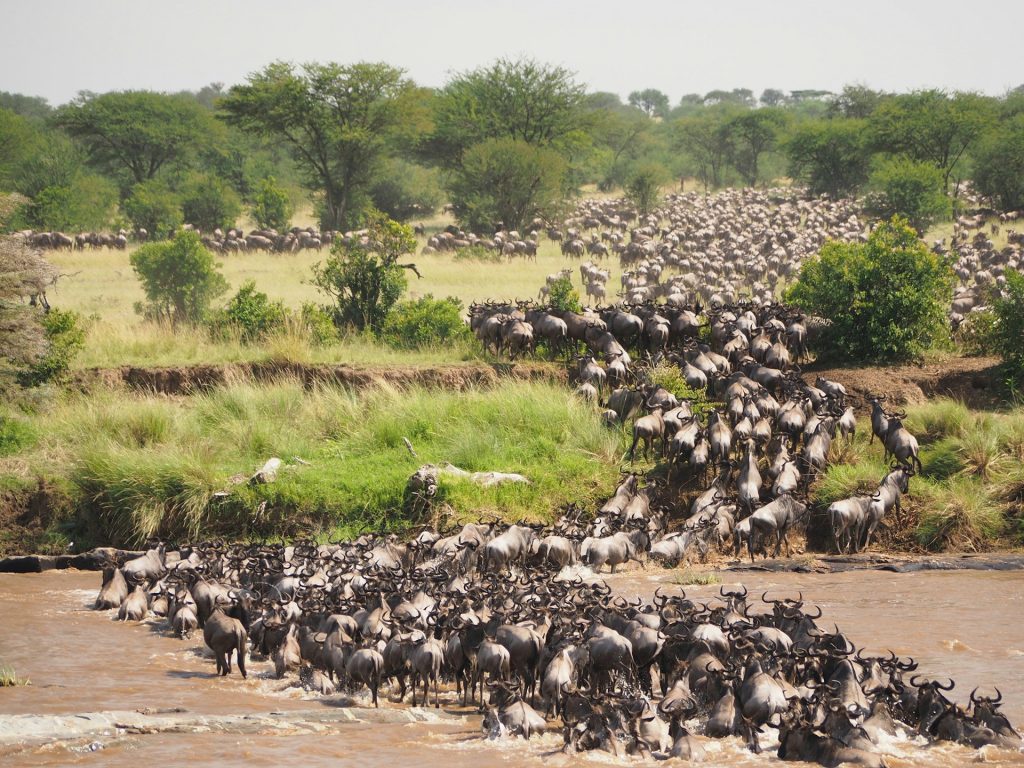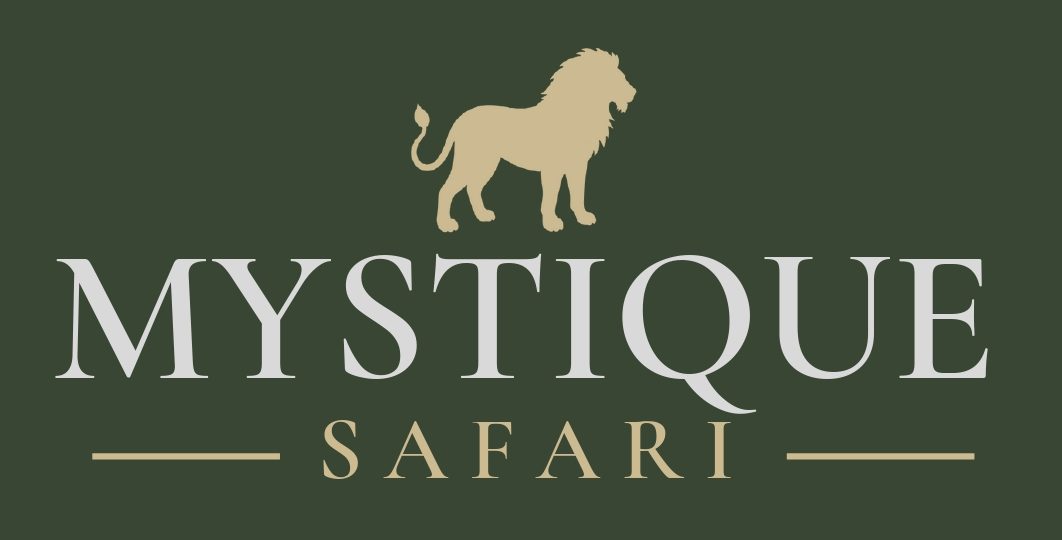Tanzania is one of the world’s premier safari destinations, known for its diverse landscapes, abundant wildlife, and iconic national parks. However, planning a safari can be a daunting task, especially for first-timers. From choosing the right parks to selecting accommodations and activities, the options are vast and can overwhelm even the most seasoned traveler.
This guide will walk you through 15 easy steps to plan your dream safari in Tanzania, whether you’re on a budget or seeking a luxury adventure.

Step 1: Know What Tanzania Offers & List What Appeals to You
Before diving into the details of your safari, take time to understand what Tanzania has to offer. With a range of national parks and unique experiences, narrowing down your options is the first step in planning your trip.
- Best wildlife viewing: Central Serengeti, Ngorongoro Crater, Tarangire National Park.
- The Big Five: Central Serengeti, Ngorongoro Crater.
- Wildebeest Migration: North, South, West, and Central Serengeti (timing matters!).
- Big Cats: Serengeti and Ndutu.
- Birding: Tarangire, Lake Manyara, Central Serengeti.
- Cultural tours: Ngorongoro, Lake Eyasi.
- Scenic hikes: Lake Natron, Ngorongoro Crater, Arusha National Park.
Make a list of what interests you most, whether it’s tracking lions, watching the Great Migration, or immersing yourself in local cultures.
Step 2: Define Your Budget
Budget is one of the most crucial factors when planning a safari. Costs vary significantly depending on the season, accommodation type, and duration of your stay.
- Private safari: Around USD 350 per person per day.
- Group safari: Generally cheaper, especially if you’re traveling solo or as a couple.
- Peak season (July to October): Expect higher costs for accommodations and park fees.
- Low season (March to May): Costs are lower, and parks are less crowded.
Consider how much you’re willing to spend and plan accordingly, as Tanzania offers options across the budget spectrum.
Step 3: Decide How Many Days You Want to Spend
The number of days for your safari depends on several factors:
- Duration: Safaris typically range from 3 to 10 days, but you can extend it based on your interests.
- Parks: Some parks, like Serengeti, require more time to explore, while others like Ngorongoro Crater can be covered in a day.
- Additional destinations: You might want to visit Zanzibar after your safari, which could impact the number of days you spend on safari.
Plan your trip to allow enough time to experience both wildlife and relaxation without feeling rushed.
Step 4: Choose the Best Time of Year to Visit
Tanzania’s safari seasons vary, with the dry season being the most popular for wildlife viewing.
- Dry Season (June to October): Best for visibility, as animals congregate around water sources. This is also the time to witness the Great Migration.
- Wet Season (March to May): This is low season, offering fewer crowds and lower prices, but some areas may be harder to access due to rain.
- Shoulder Season (November to February): A short dry period between the wet seasons, ideal for fewer crowds and great wildlife sightings, especially the calving season in Southern Serengeti.
Choose the time that aligns with your wildlife viewing priorities, budget, and crowd tolerance.
Step 5: Decide Between a Private or Group Safari
- Private Safari: Offers flexibility in scheduling and personalized itineraries, ideal for families or those who prefer privacy.
- Group Safari: More budget-friendly and a great opportunity to meet other travelers. However, the itinerary is fixed, and you’ll have less flexibility.
Consider your travel style and group dynamics when making this decision.
Step 6: Choose Your Accommodation
Tanzania offers various accommodation options from basic camping to luxury lodges and tented camps. Here are the key types:
- Camping: Budget-friendly and immersive, though it may lack luxury amenities.
- Mid-Range Lodges: Comfortable and affordable, offering good facilities.
- Luxury Lodges & Tented Camps: Expensive but offer top-notch service, comfort, and often scenic locations.
Think about your comfort level, desired experience, and budget when selecting your accommodation.
Step 7: Plan Your Safari Route
Tanzania has many incredible parks, but the best safari experience often depends on your route. The northern circuit is the most popular and includes:
- Serengeti: Known for the wildebeest migration and big cats.
- Ngorongoro Crater: A UNESCO World Heritage site with diverse wildlife.
- Tarangire: Famous for elephants and ancient baobab trees.
- Lake Manyara: Home to flamingos and tree-climbing lions.
Consider how many days you have and what interests you most to determine your route.
Step 8: Choose Activities
- Game Drives: These are the most common safari activity, providing the best opportunities for wildlife sightings.
- Walking Safaris: Some parks, like Tarangire, offer guided walking tours for an up-close experience with nature.
- Hot Air Balloon Ride: A thrilling way to see the Serengeti from above.
- Night Game Drives: Some parks offer nighttime safaris to spot nocturnal wildlife.
Make sure to book in advance for popular activities like hot air balloon rides or night safaris.
Step 9: Understand the Costs Involved
In addition to the basic safari package, consider extra costs:
- Flights: International flights to Tanzania and internal flights to different parks.
- Visas: Tanzania requires a visa for most nationalities.
- Tips: Safari guides and lodge staff usually expect tips.
- Souvenirs: You’ll find plenty of local crafts to bring home.
These additional costs can add up, so factor them into your budget.
Step 10: Prepare for Health and Safety
- Vaccinations: Ensure that you have the necessary vaccinations before travel, including yellow fever and malaria prevention.
- Travel Insurance: It’s highly recommended to get travel insurance to cover potential medical emergencies or cancellations.
- Safety: While Tanzania is generally safe for tourists, it’s important to follow your guide’s instructions during safari to avoid any wildlife-related incidents.
Step 11: Pack Wisely
When packing for a safari, think practical:
- Clothing: Neutral colors (avoid bright colors) and lightweight, breathable fabrics.
- Footwear: Comfortable shoes for walking safaris and rugged terrains.
- Camera Gear: Bring a good camera with a zoom lens for wildlife photography.
- Sunscreen and Mosquito Repellent: Protect yourself from the sun and pests.
Step 12: Confirm Your Travel Arrangements
Before departure, make sure all travel arrangements are confirmed, including:
- Flights: Double-check your flight schedule and connections.
- Transfers: Ensure your transportation from the airport to your safari accommodations is arranged.
- Accommodation: Confirm all bookings and special requests with your lodges or camps.
Step 13: Learn About Tanzanian Culture
Tanzania is rich in cultural heritage, and many safaris also include cultural visits to Maasai villages or Hadzabe tribes. Take time to learn about the people and customs to enrich your experience.
Step 14: Book in Advance
Tanzania is a popular destination, especially during peak seasons, so it’s essential to book your safari well in advance to secure your preferred accommodations and activities.
Step 15: Enjoy Your Safari!
Once everything is planned, relax and enjoy the experience. A safari in Tanzania is a once-in-a-lifetime opportunity to witness wildlife in its natural habitat. Embrace the adventure, be patient, and let the magic of Africa unfold before you.

